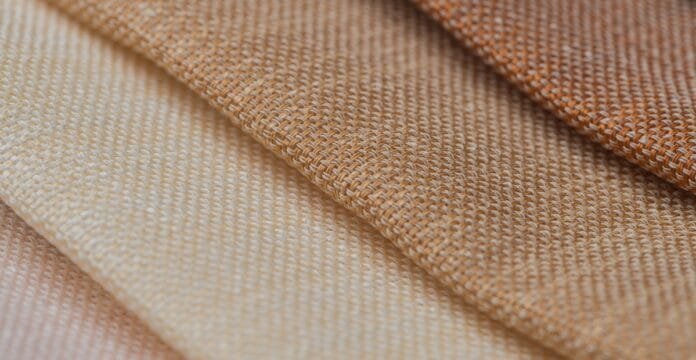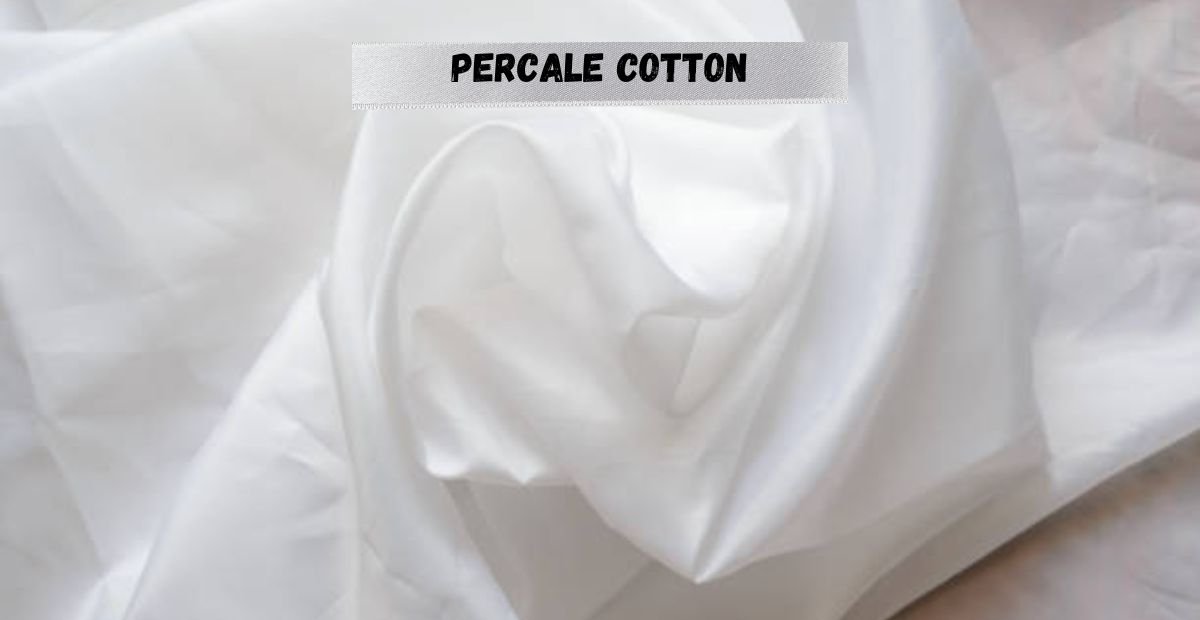Amongst the oldest fabrics, cotton fabric holds a special significance with many types. From the earliest days, cotton is worn directly as a skin. It exists as a fabric, for fine clothes, for amazing home textiles. Highly appreciated due to its silky texture, softness, breathability, and comfort, cotton provides an easy and light feel to the skin, irrespective of the weather. Available in a variety of shapes and forms, cotton is used in fineries in almost every culture.
When discussing the types of cotton fabric, the number of different kinds is fascinating. Each separate kind is characterized by the cotton weaving the cloth, as well as the quality of the finishing touch. Certain types are light and silky, while other types invite the wearer in with a gentle warm hug. Some types shine with pure elegance, while others are of pure strength. This variety allows cotton to fit into every corner of life. From a simple outfit to a well decorated home, cotton can be used for everything.
This amazing guide will divide the fabrics into sections, covering the most integral types of cotton and distinguishing the things that makes each one different. In this section the focus would be on the special features each type of fabric offers, and the various usages, so the most suitable fabric can be selected for a designated purpose. Let’s begin our journey into the world of cotton.
What is Cotton Fabric
Most well known for its suitability for clothing, soft, breathable, and inherently comfortable, cotton fabric is used consistently and in vastly diverse contexts globally. Sheets, curtains, and upholstery are some home textiles that benefit from its balanced durability alongside soft tactile properties. The many forms of cotton aid in its base versatility; a cotton type uniquely designed for particular fabric properties is muslin, and is used for summer garments due to its lightweight, airy composition. Denim exhibits strength and is tailored for jeans. Flannel is used in winter garments for its cozy warmth, and sateen provides smooth, glossy finishes to bedding.
Types of Cotton Fabric
| No. | Fabric Name | Main Characteristics | Main Uses |
|---|---|---|---|
| 1 | Brushed Cotton | Soft, warm surface | Winter shirts and bedding |
| 2 | Muslin | Lightweight and breathable | Baby swaddles and summer wear |
| 3 | Egyptian Cotton | Extra-long silky fibers | Luxury bed sheets |
| 4 | Lawn | Crisp and fine texture | Summer dresses |
| 5 | Poplin | Strong, smooth weave | Shirts and uniforms |
| 6 | Canvas | Heavy and durable | Bags and tents |
| 7 | Flannel | Warm brushed finish | Pajamas and blankets |
| 8 | Organic Cotton | Chemical-free and eco-friendly | Baby clothes and eco bedding |
| 9 | Corduroy | Ridged texture (wales) | Pants and jackets |
| 10 | Denim | Durable twill weave | Jeans and casual wear |
| 11 | Broderie Anglaise | Decorative eyelet embroidery | Dresses and tops |
| 12 | Calico | Plain, raw finish | Aprons and crafts |
| 13 | Chambray | Denim-like but lighter | Casual shirts |
| 14 | Cheesecloth | Loose, gauzy weave | Kitchen and crafts |
| 15 | Pima Cotton | Soft, long fibers | Premium t-shirts |
| 16 | Voile | Sheer and airy | Scarves and curtains |
| 17 | Broadcloth | Polished, tight weave | Dress shirts |
| 18 | Cambric | Smooth, fine weave | Printed fabrics |
| 19 | Terrycloth | Absorbent loops | Towels and robes |
| 20 | Batiste | Fine and delicate | Lingerie and baby wear |
| 21 | Twill | Diagonal, wrinkle-resistant | Chinos and upholstery |
| 22 | Velour | Plush, velvet-like | Tracksuits and furniture covers |
| 23 | Velveteen | Dense, matte pile | Jackets and upholstery |
| 24 | Khadi | Handwoven and eco-friendly | Sarees and sustainable clothing |
Brushed Cotton

Brushed fabric is reputed for its warmth and soft touch. The fabric is softened by brushing the fibers, which raises them slightly, and creates a smooth and velvety surface. The smooth and treated surface is cozy yet breathable and provides warmth without a heavy weight. Brushed cotton fabric is mostly used during cold winter months for a soft and snug quality.
Features: Soft surface texture with a warm touch.
Uses: Ideal for winter shirts, bed sheets, and night wear.
Muslin Cotton
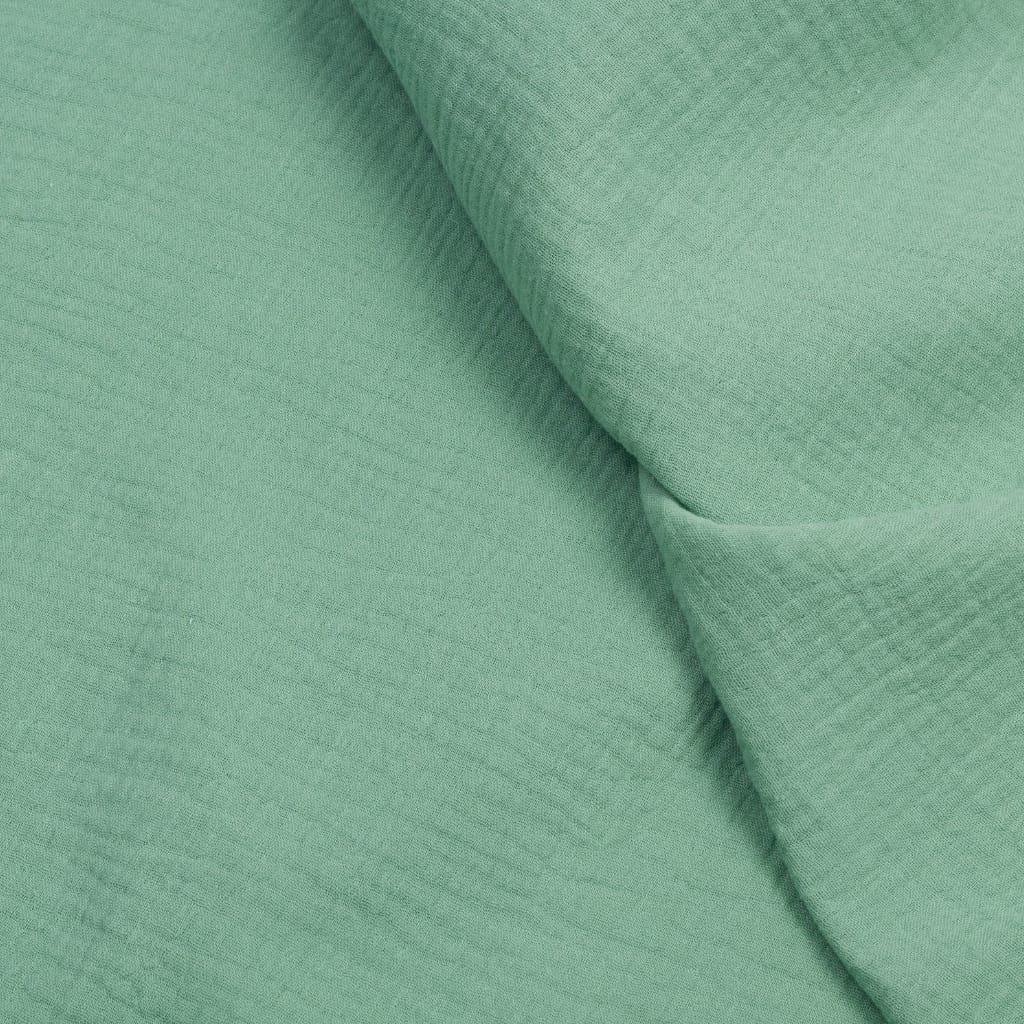
Muslin fabric is the lightest cotton and comes in a plain weave. Designers use it as a test fabric in almost all designs because of its light weight and easy drapability. People in South Asia use muslin heavily due to its cultural and historical value. Moreover, the fabric is soft and is an ideal choice for warm climates. In addition, it is widely used in baby products.
Features: The lightest and breathable fabric with a fine weave.
Uses: Known for baby swaddles, summer dresses, and test garments.
Egyptian Cotton

Egyptian cotton fabric types have a quality feel and longevity. Moreover, they derive from extra-long staple fibers, which produce a remarkably smooth surface. AAs a result, people regard Egyptian cotton as one of the most luxurious fabrics. As a result, people regard Egyptian cotton as one of the most luxurious fabrics. In fact, many use it in top-quality bedding. Additionally, the fabric has an allure that adds to its reputation, since its softness keeps increasing with every wash.
Features: silky smooth texture of extra-long fibers.
Uses: quality bed sheets and other luxury clothing.
Lawn Cotton

Automated: Luzon cotton fabric types are smooth and fine. They have a comfortable and durable quality while being semi sheer. Lightweight summer clothing is perfectly fitted with the fabric as it feels fresh and cool when worn. The clean and elegant look is a result of the polished finish.
Features: Smooth and finely woven with a crisp finish.
Uses: dresses and summer blouses, as well as scarves.
Poplin Cotton

Poplin cotton fabric types are woven strong while possessing a subtle sheen. The two ply weave makes the fabric soft and very comfortable to wear. Poplin easily drapes and has a resistance to wrinkles which makes it widely worn for business and school uniforms. It can be worn in both casual and formal occasions.
Features: Smooth surface that is fine and the same durable.
Uses: Most suited for shirts, dresses, and uniforms.
Canvas Cotton

Canvas cotton fabric types are heavy, plain-woven, and have remarkable sturdy cotton. Moreover, they are recognized for their high resistance to abrasion. As a result, the fabric serves well for outdoor purposes. Breathable by nature, canvas also holds it construction. It becomes more pliable with use yet retains its reliability.
Features: Coarse to the touch yet strong and durable.
Uses: Frequently used for bags, tents, footwear and coats.
Flannel Cotton

Flannel cotton fabric types are unique because of their abrasion process, which results in a soft touch. In addition, they are appreciated for their fashion appeal. Moreover, the unique balance of coziness and breathability explains why flannel is popular. Finally, it goes well with the cold.
Features: Glowing and soft to the touch because of the slip surface.
Uses: Suitable for other flannel wear, shirts, and relaxed use blankets.
Organic Cotton
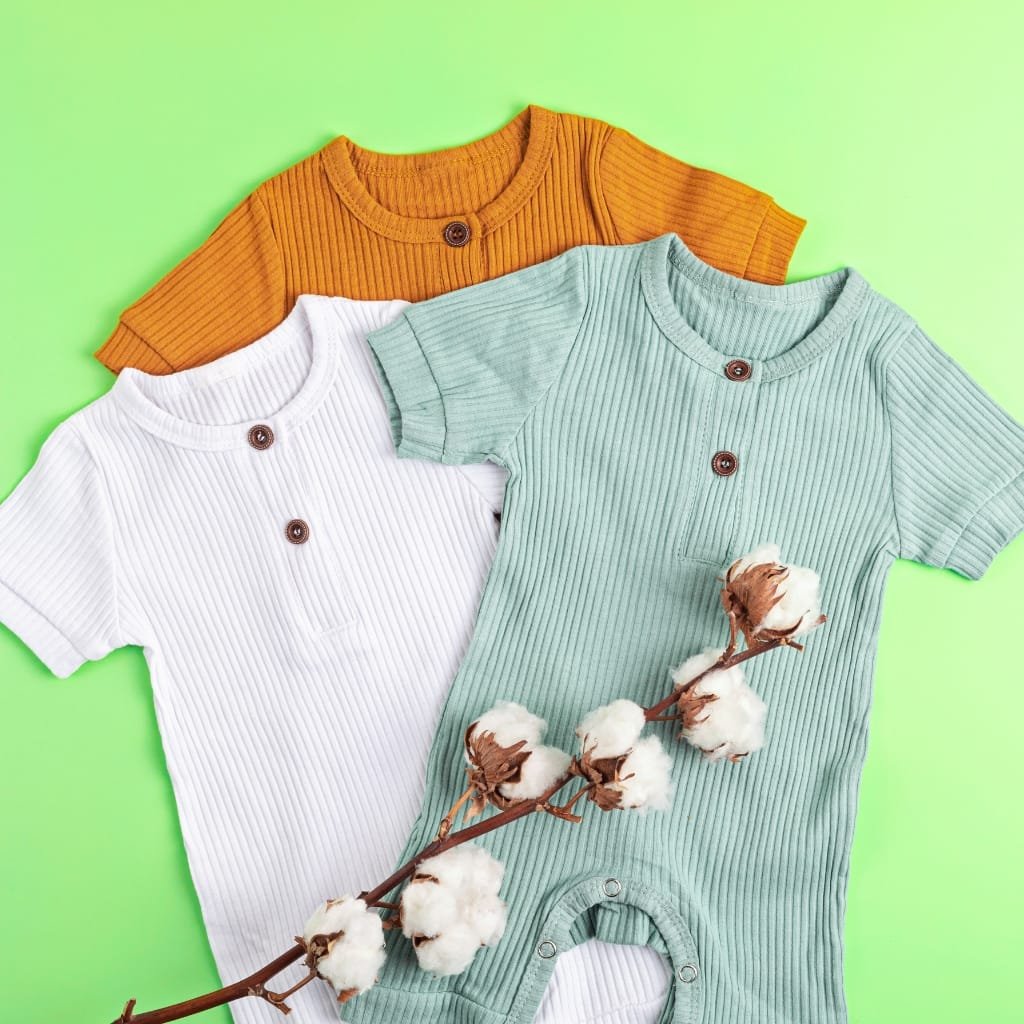
For organic cotton, the crops are grown in a way that does not use harmful chemicals. As a result, it is gentler on the skin and much more suitable for sensitive skin. Moreover, with the growing interest in sustainable fashion, it has become a popular organic choice.
Features: Eco-friendly, gentle on skin, and free of harmful chemicals.
Uses: Made baby apparel and shirts as well as other sustainable bedding.
Corduroy Cotton
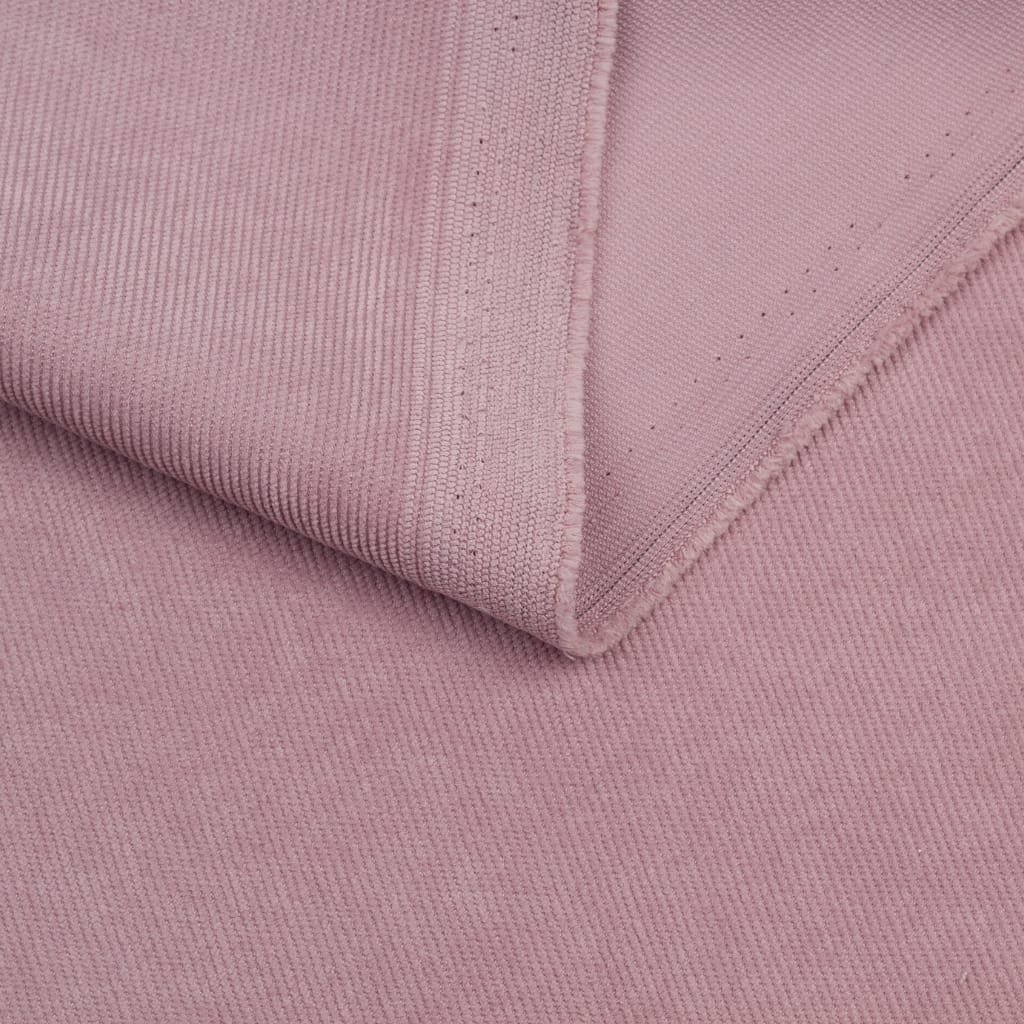
When looking at various corduroy cotton fabric types, the most distinguishable identifying characteristic is the wales, or raised portions which form a specific arrangement of various types of stripes. The rough, square lines of the corduroy fabric adds some styling which makes it not only warm, thick and suitable in the winter, but also downplays a vintage look.
Distinctions: The ability to withstand abrasion while being corded is also a durable compliment.
Application: Commonly associated with trousers, tops and structured skirts.
Denim Cotton

Denim cotton fabric types rank among the most recognized and arguably the most famous, thanks to the fineness of their interwoven structure. This cotton fabric feels soft yet remains incredibly thick, featuring a durable twill weave. Its indigo-dyed base adds uniqueness while also allowing versatility. From rugged workwear to trendy pieces styled with slangs and cropped tops, denim remains a must-have in every wardrobe.
Distinctions: The twill weave of denim and its colored indigo are prominent features.
Application: Denim is most commonly worn in the form of bottoms, along with a top layer in the form of a jacket or shirt, topped with casual, relaxed fits.
Broderie Anglaise Cotton
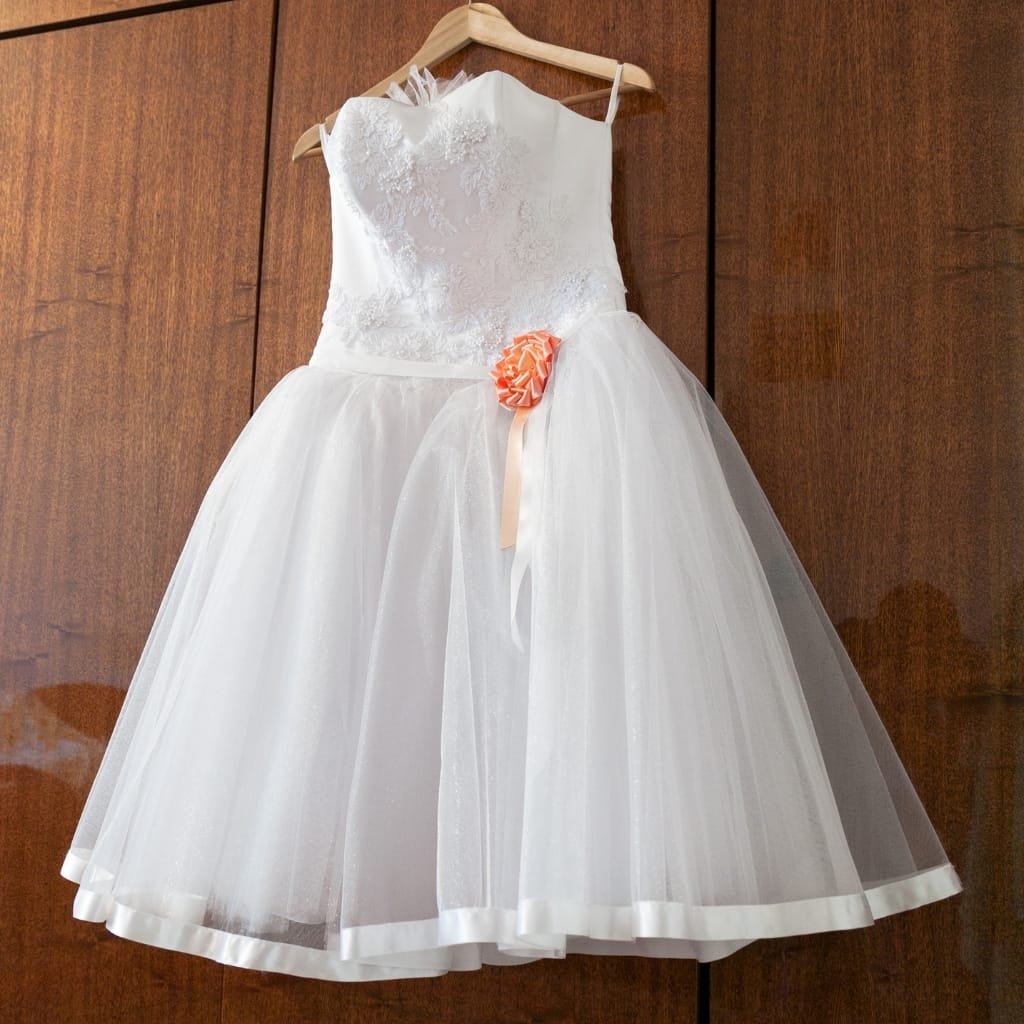
Broderie Anglaise cotton fabric types have characteristics of other decorative and embroidered fabrics with some added uniqueness. The patterns maintained within the fabric are delicate and cover a larger portion of the fabric, yet are equally strong, which is a strange paradox of the patterns. Because of the light and gentle nature, these fabrics best suit pieces of clothing for the summertime or festivities.
Distinctions: Known for the embroidered patterns with the added bonus of cleverly arranged eyelets.
Application: Used more commonly for various types of dresses or tops in addition to fabrics for finishing touches on other, more complex pieces.
Calico Cotton
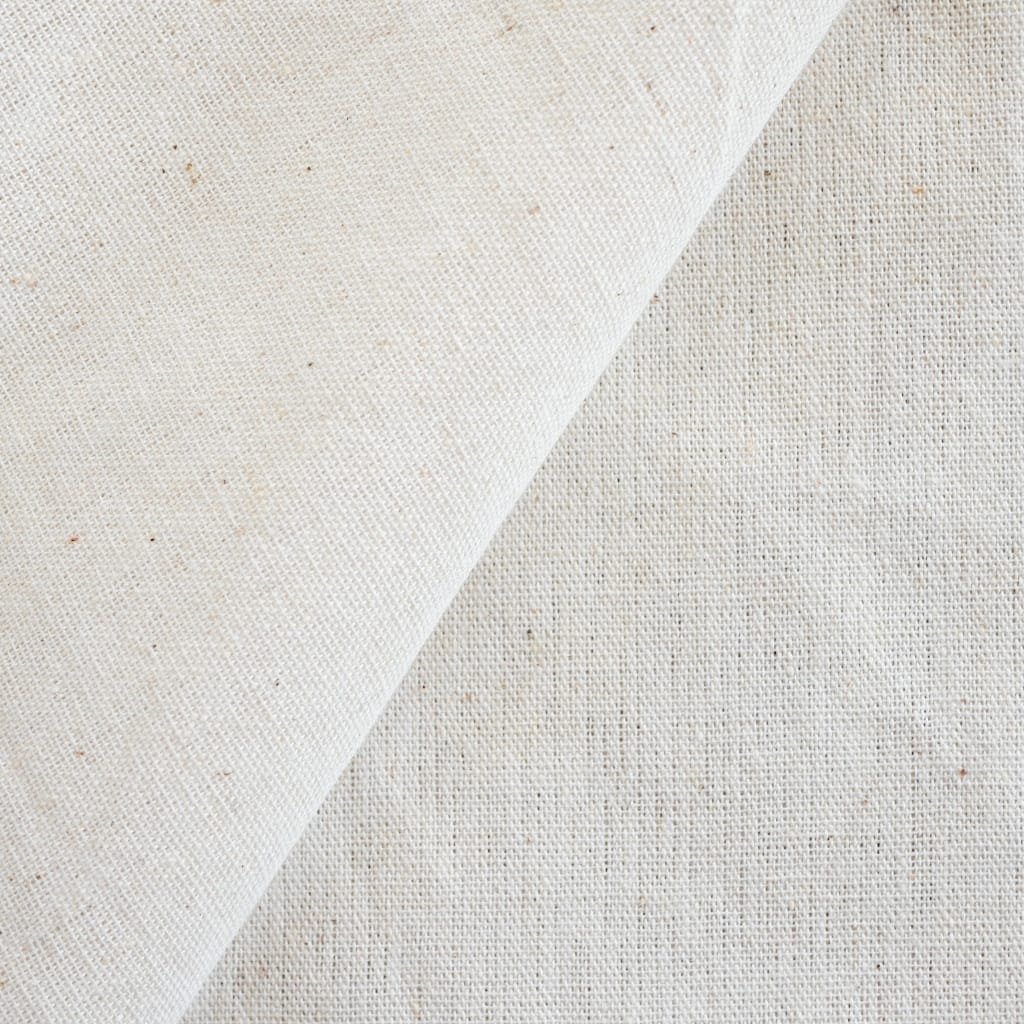
Types of Calico cotton fabrics are simple, low-cost, and are classified as non-bleached, giving them a rustic, raw edge. Calico offers simplicity and often serves in creating prototypes, artisan tools, and functional items; therefore, its unrefined appeal makes it useful for many purposes.
Characterestics: Untouched and cheap.
Application: Practicing garments and bags, as well as aprons.
Chambray Cotton
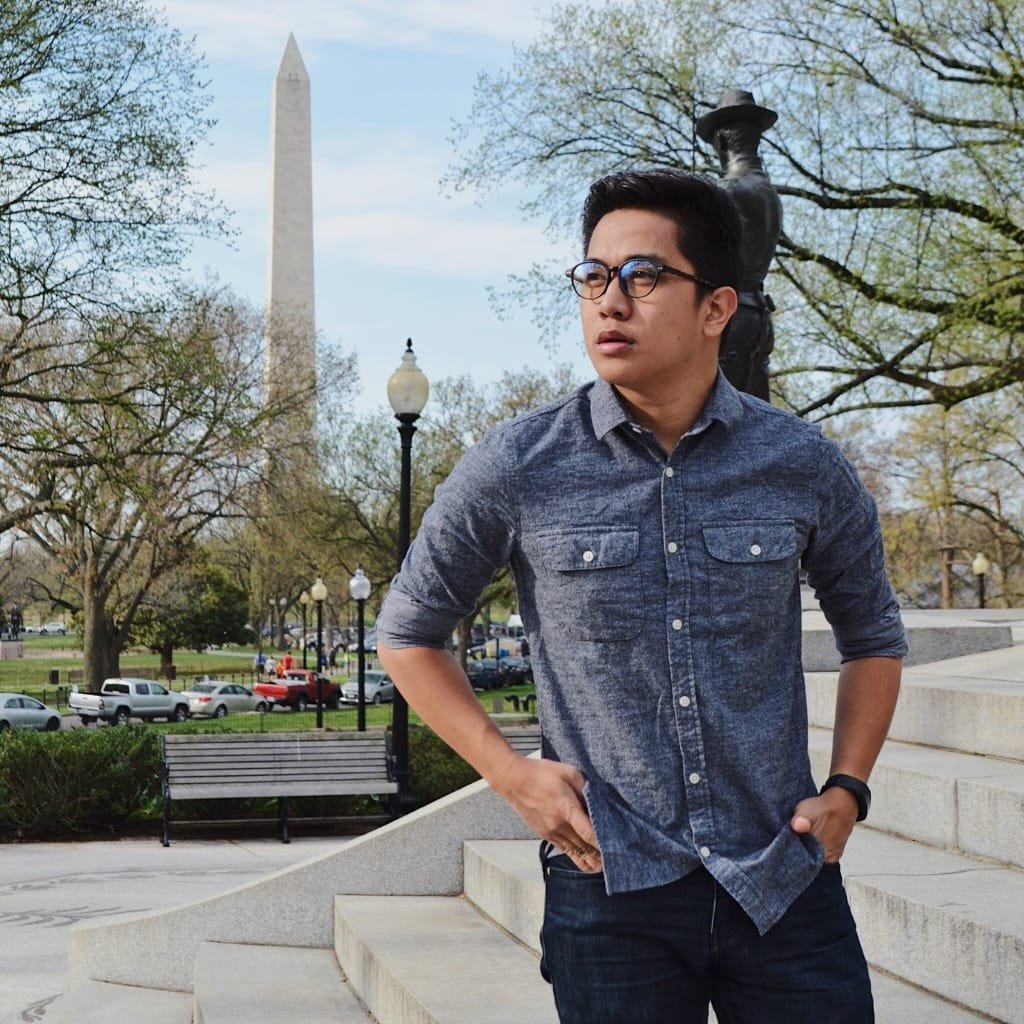
Types of Chambray cotton fabrics are almost denim but much lighter. With a used warp of white and a weft of white, chambray is woven, therefore giving chambray its soft blue finish. Moreover, wearing chambray in summer is stylish and comfortable. In fact, it helps you stay cool without the sweating, while still being regarded as very airy and fashionable.
Characterestics: Soft light and denim.
Application: Utmost for tees, summer dresses and non-formal attires.
Cheesecloth Cotton
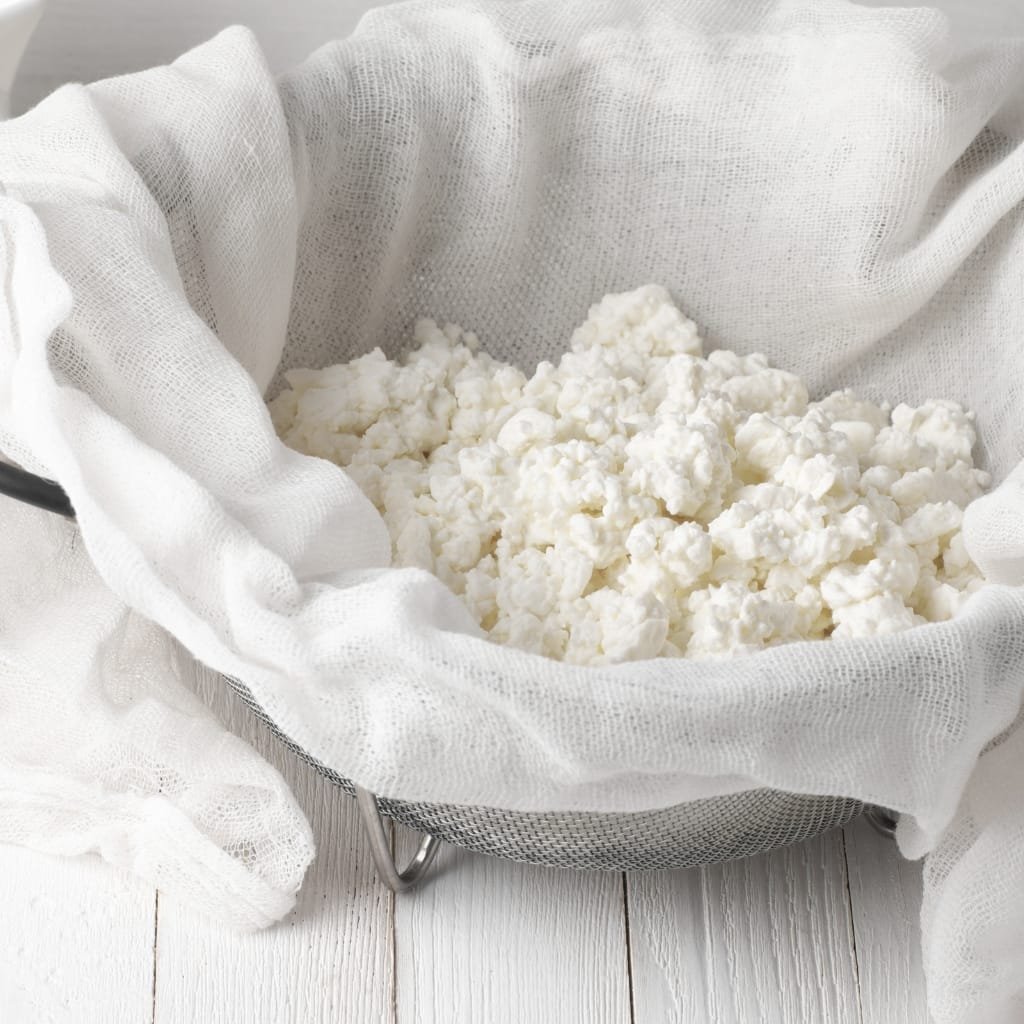
Types of Cheesecloth cotton fabrics are classified as light and gauzy but very loosely woven. Cheesecloth originates from the process of curds, and its open weave makes it one of the most absorbent fabrics. Owing to the texture of cheesecloth, it serves other purposes such as; cooking and creative arts.
Characterestics: Weave is not tight with a lightish weight.
Application: Lite attires and rested on the lighter side, crafts, and kitchen utensils.
Pima Cotton
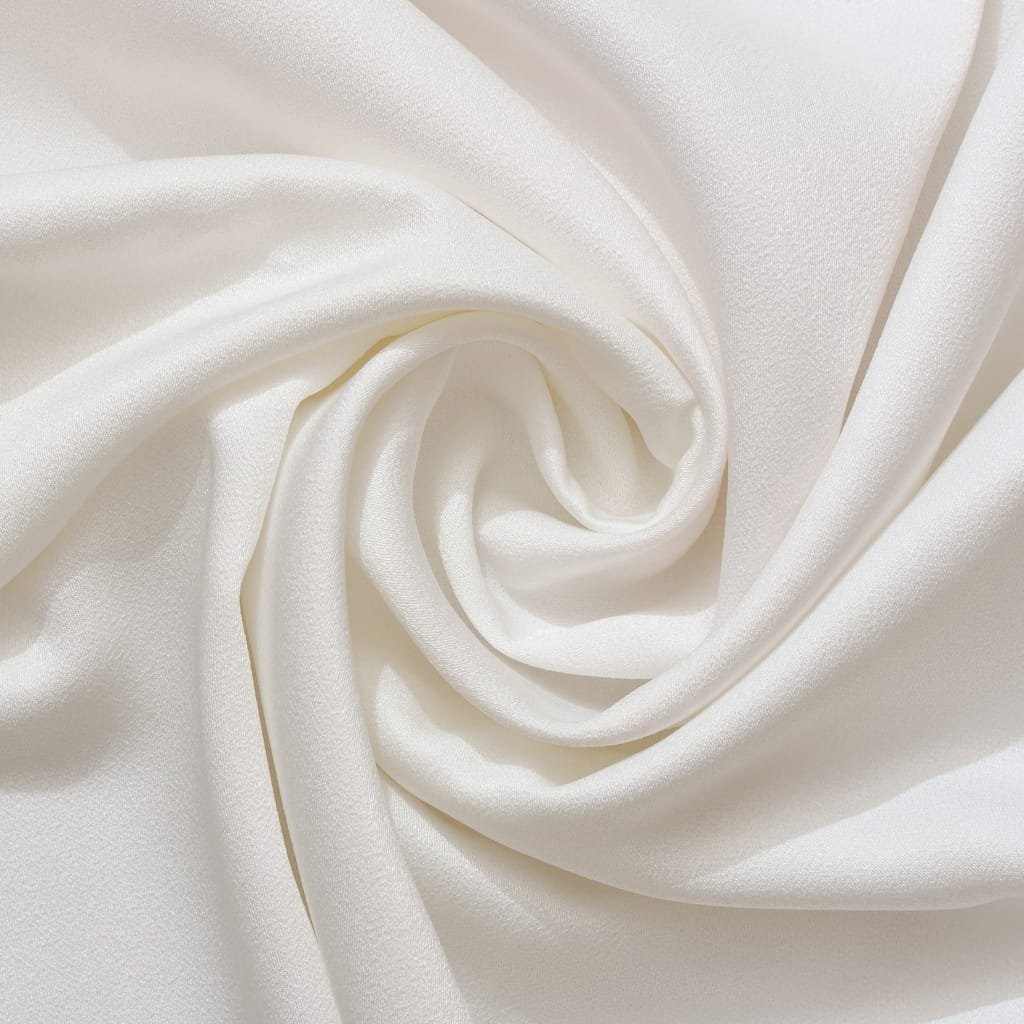
Pima cotton fabric types offer both softness and strength. They use long-staple fibers, like Egyptian cotton, but producers mainly grow them in the United States. It feels soft and luxurious but also stands the test of time. Its resistance to fraying makes it suitable for everyday luxurious comfort.
Features: Long fibers that end in a soft, silky touch.
Uses: Most used in high-quality t-shirts, bedding, and premium shirts.
Voile Cotton
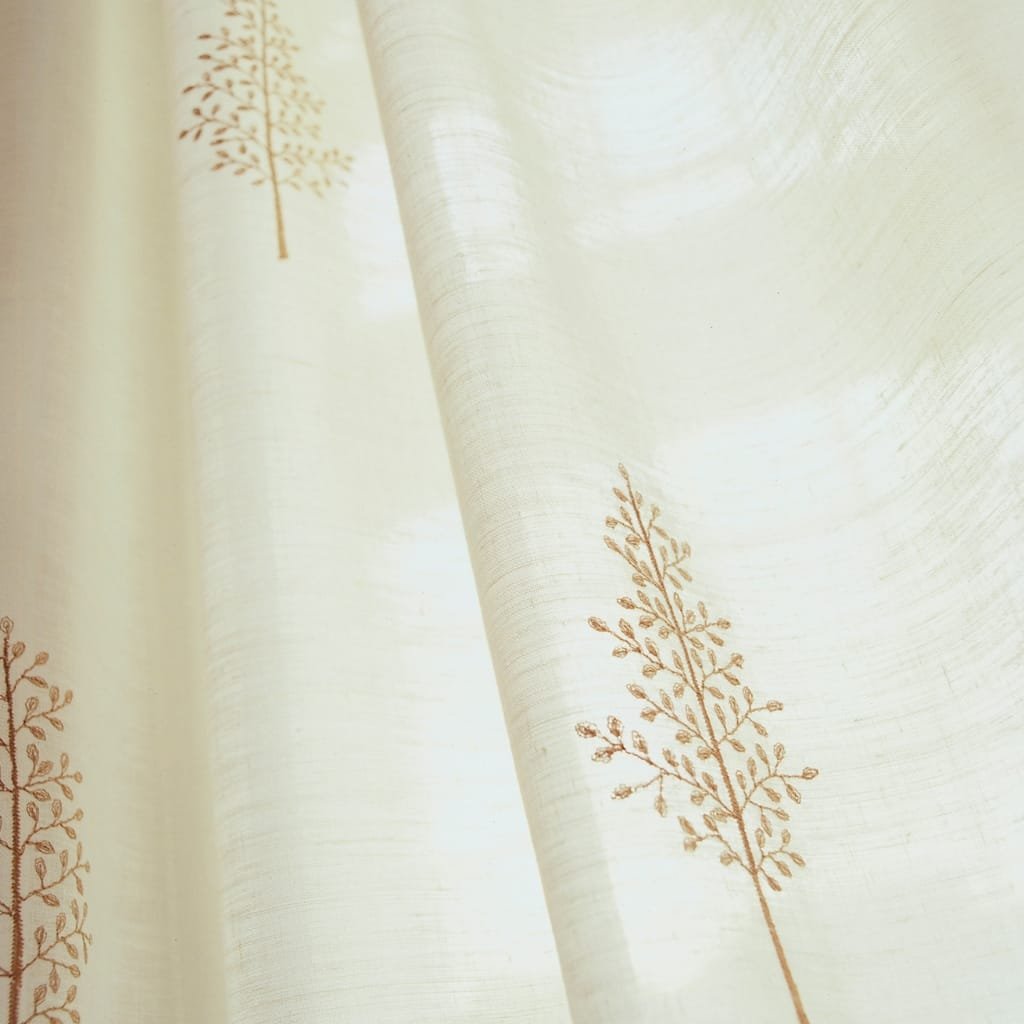
The Voile cotton fabric types are light, sheer, and smooth. Voile cotton allows for breathability and is suitable for warm temperatures. Its lightweight, fabric soft but offers a delicate and fluid drape which adds grace and whimsy to the garment. Voile fabric often surprises people with its strength and durability.
Features: Smooth, sheer, and airy.
Uses: Summer dresses, curtains, and scarves.
Broadcloth Cotton
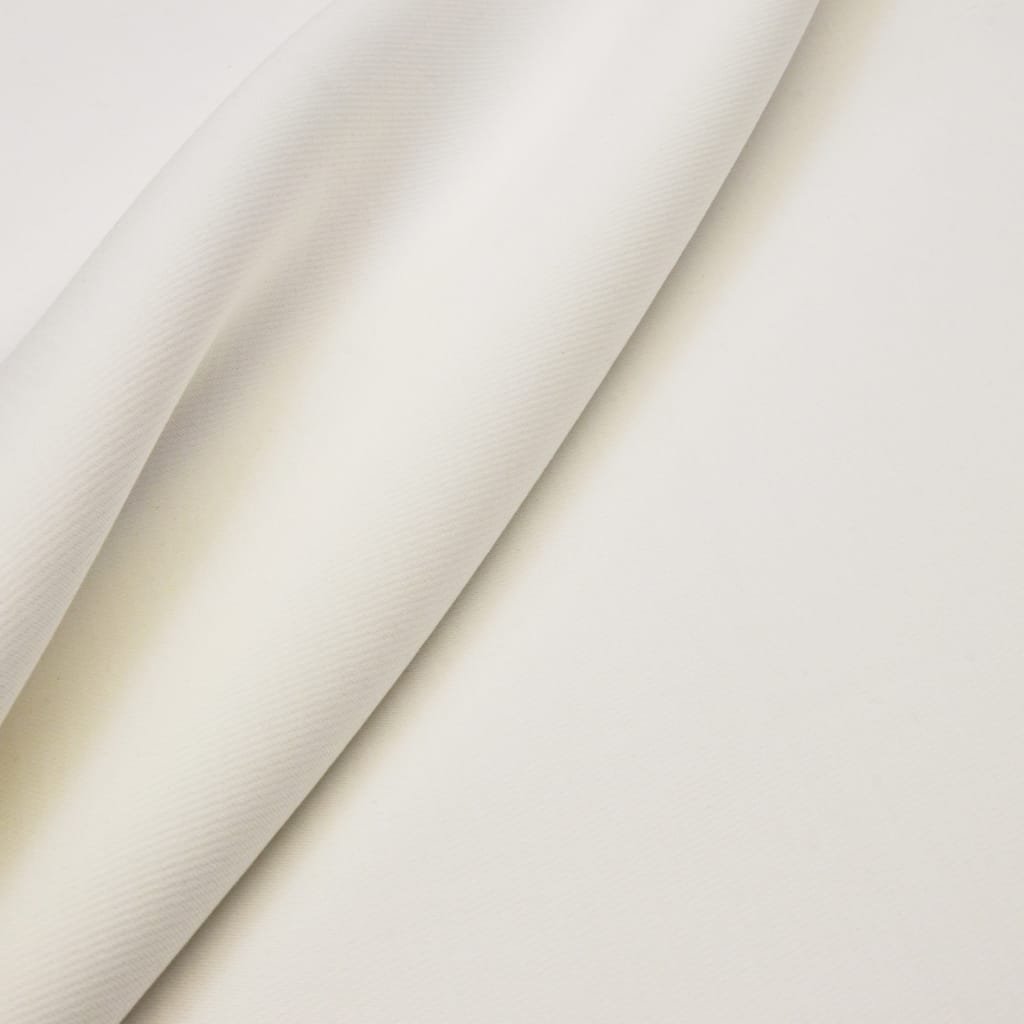
The Broadcloth cotton fabric types are woven with a glaze finish and firmer than other fabrics. It gives the fabric a sophisticated look, which makes it ideal for dress shirts. While maintaining a crisp finish, It allows the clothing to retain its structure. Broadcloth offers comfort with an element of refined elegance.
Features: polished, smooth, and woven with a glaze finish.
Uses: shirts, skirts, and uniforms.
Cambric Cotton

The Cambric cotton fabric types are fine, lightweight, and closely woven. They are easy to dye, smooth to the touch, and hold prints remarkably well, making them ideal for patterned fabrics. It is durable yet versatile, making its way into clothing for both formal and casual wear.
Features: Smooth with lightweight, fine weaving.
Uses: Commonly found in dress, printed fabric and shirt.
Terrycloth Cotton
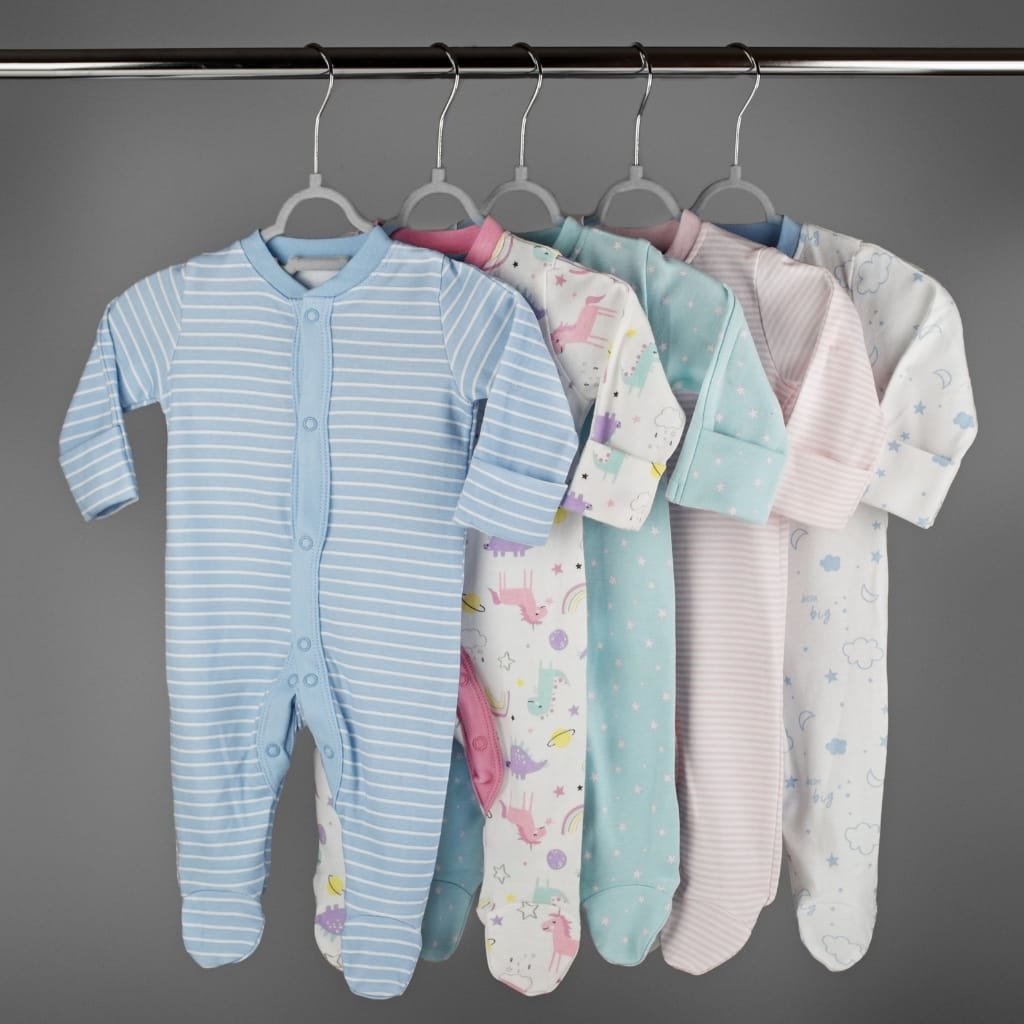
Terrycloth cotton fabric types are relatively thick and soft. In addition, they feature loops that soak up moisture and, thus, make them super absorbent. Because of this, they are wonderful for towel and bathrobe ensembles. Afterward, a bath or swim is followed by quick-drying. This is possible because of the practical absorbency the fabric offers, while also ensuring a soft touch to the skin.
Features: Soft touch with absorbent loops.
Uses: Ideal for bathrobe, towel, and baby bib.
Batiste Cotton

Batiste cotton fabric types are fine and delicate, perfectly delicate and semi-sheer. They are known for their lightweight feel and smooth surface. People have historically prized this dainty fabric for luxury undergarments, and it still adds elegance today. In fact, wearing batiste on the skin offers comfort, refinement, and dignity that most modern fabrics simply cannot match.
Features: Soft touch, fine and delicate.
Uses: Blouse, baby clothes, and lingerie.
Twill Cotton

Twill cotton fabric types are robust, tough, and, like all twill fabrics, characterized by the diagonal weave pattern that helps them repel wrinkles and stains. Wrinkles and stains are no match for twill fabrics. They are also flexible and provide some form without stiffness. They lend the backbone structure to such popular fabrics as denim and chino.
Features: Diagonal weave, sturdy, and resilient
Uses: Jeans, chinos, uniforms and upholstery
Velour Cotton

Velour cotton fabric types are flexible, soft, and plush. They are also much more affordable than velvet and much more practical too, all the while exuding a velvety hue and possessing a soft and warm surface. They are comforting and graceful which makes them ideal for garments and decorative items.
Features: Plush, soft, and a little bit stretchy.
Uses: Used for tracksuits, loungewear, and furniture covers.
Velveteen Cotton
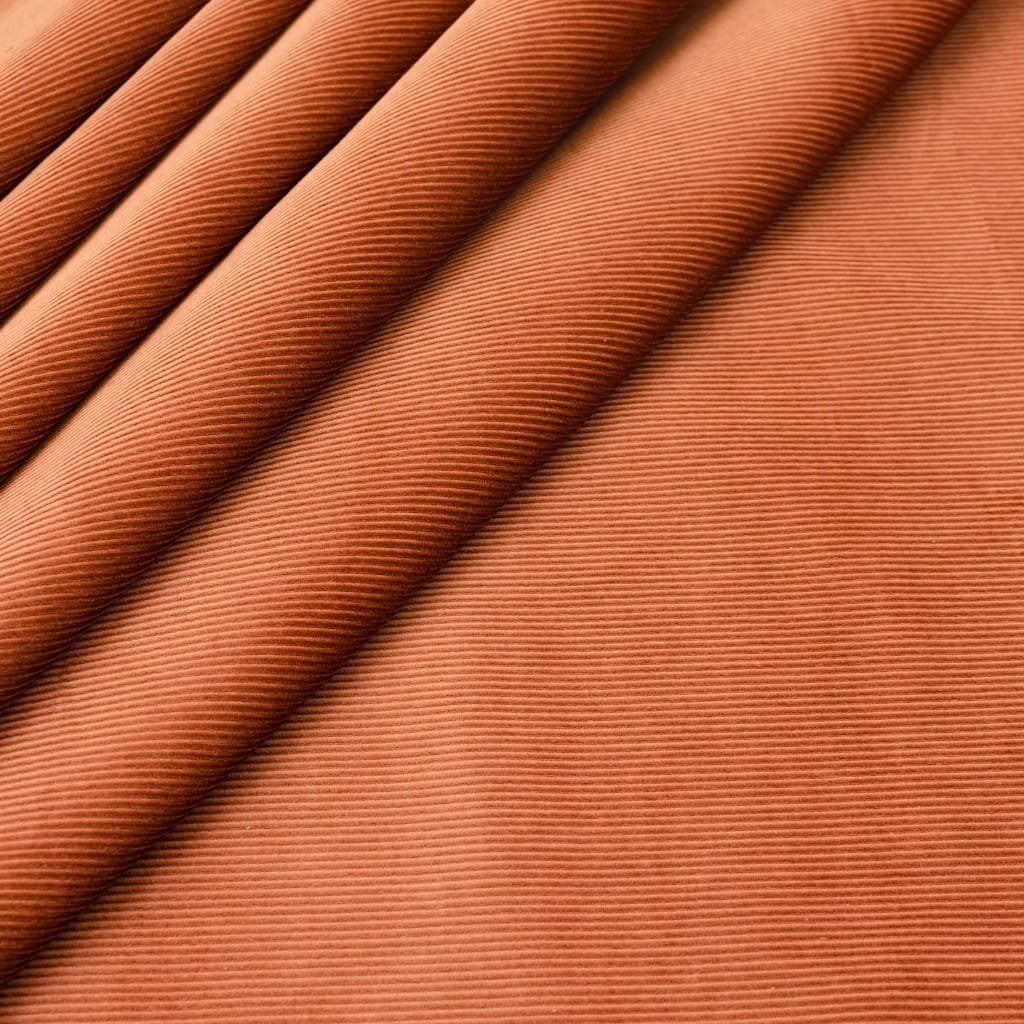
Velveteen cotton fabric types are heavier than and matte velvet. They are structured softies spun from the cotton fibers. Velveteen never fails to impress, often adorned in winter garments and homely items for its affordability and rich texture.
Features: Dense cotton with short pile.
Uses: Dresses, jackets and upholstery.
Khadi Cotton
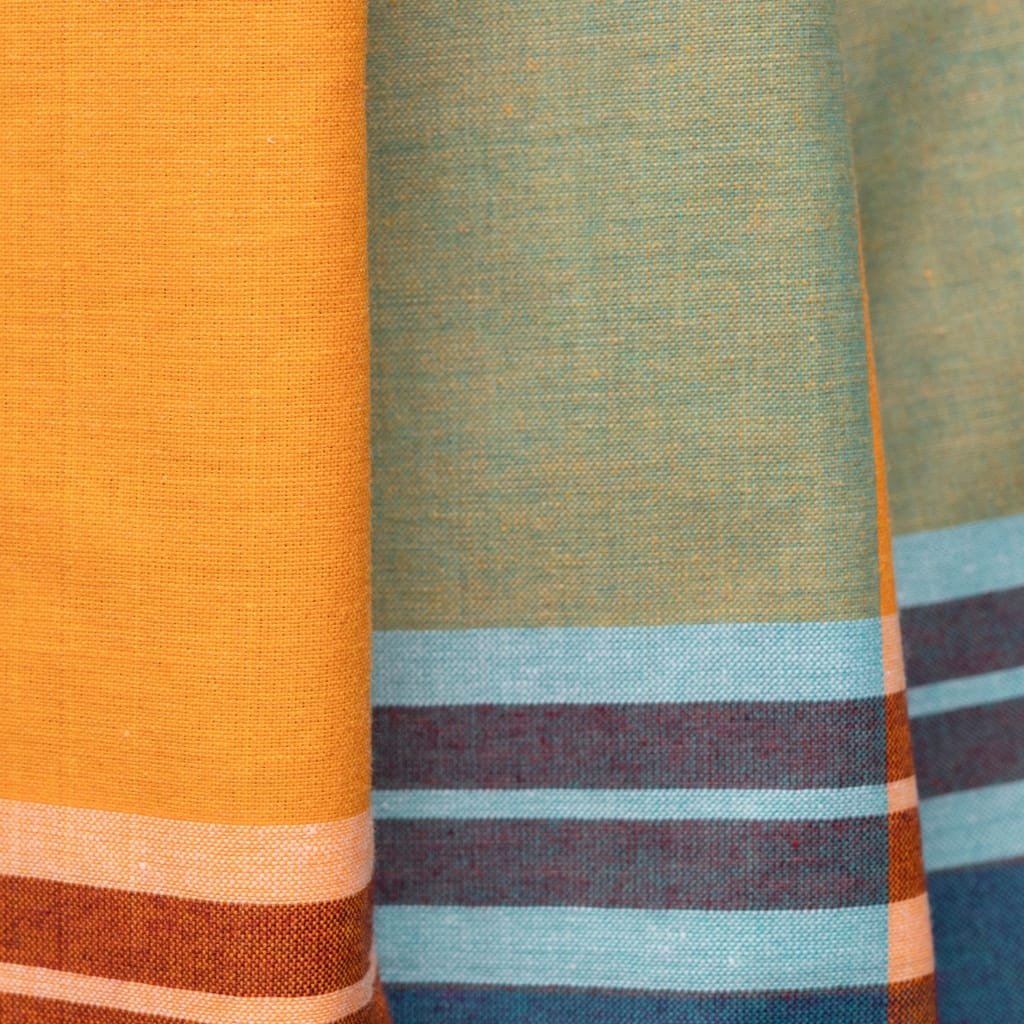
Cotton Khadi fabric types are handspun and handwoven which gives them a rough and natural texture. Their sustainable nature and breathability make them suitable for warmer regions. Not only is Khadi a symbol of tradition but it’s also a sustainable fabric with historical value.
Features: Mangaged durability, woven and sustainable
Uses: Most commonly used for sarees, shirts, and other sustainable clothing
Conclusion
Impressive is an understatement for the variety of cotton based fabrics. From the pampering of having Egyptian and Pima cotton to the rough toughness of denim and canvas, each has its purpose. Certain fabrics warm us during the winters while others provide us with coolness and relief during the summers. The reason cotton is still widely used is because it caters to all types of lifestyles and climates.
Understanding the type of fabric is essential to knowing the proper use especially when it comes to cotton. Everyday ease, aesthetic appeal and enduring toughness can all be found in cotton. The confidence to make clothing, home textiles, or special project fabrics is gained by knowing the types of cotton fabric.
FAQs
What are the most popular cotton fabric types?
The most popular cotton fabric types include denim, flannel, muslin, poplin, and Egyptian cotton. Each one serves a different purpose, from everyday wear to luxury bedding.
Which cotton fabric types are best for summer clothing?
Lightweight cotton fabric types such as lawn, voile, muslin, and chambray are perfect for summer. They keep the body cool and allow air to flow easily.
Which cotton fabric types are the warmest?
Warm cotton fabric types include brushed cotton, flannel, corduroy, and velveteen. These fabrics trap heat and provide comfort during colder months.

